Halton Castle
OS grid ref:- SJ 537 821
Halton Castle near Runcorn, one of only two surviving Norman castles in Cheshire, stands perched on a steep hill overlooking the River Mersey.
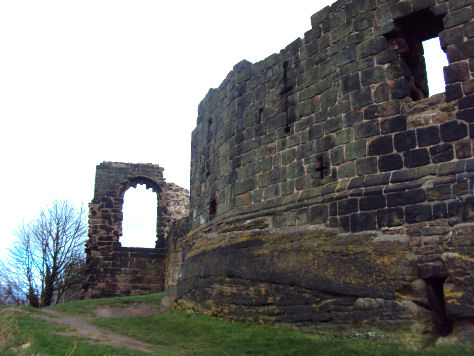
The castle stands in a commanding position 325 feet above sea level. Built of local red sandstone, in places the rock on which it stands forms an integral part of the walls. Existing remains consist of a shell keep with internal domestic buildings, curtain walls which include two towers and an inner gateway. Window tracery in the keep and in one of the former wall towers is of the Decorated style.
A former fortress which occupied the site was built by Ethelfleda, Lady of Mercia, the daughter of King Alfred the Great. Although the date of origin of the present castle is uncertain, it is probable that it was founded as a motte and bailey castle in about 1071, by Nigel of Cotentin, Baron of Halton, hereditary Constable of Chester, whose estate included land in other parts of Cheshire and also in Normandy. The barony of Halton was established after the Norman conquest by Hugh Lupus, Earl of Chester. The castle was extended by successive owners over the following three centuries. During this period the castle served as an administrative centre, functioning as court, prison and depository for court records.
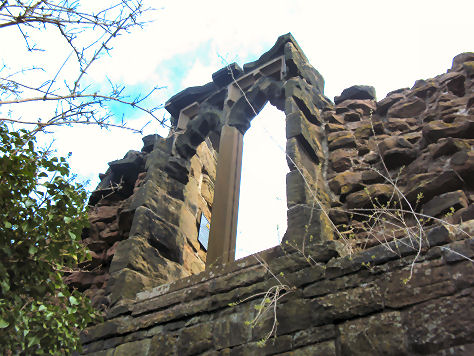
Halton Castle recieved a royal visitor in the person of Edward II who spent three days there in November 1323 during which time he also visited Norton Priory. King John was also reputed to have been a visitor.
The castle has passed through the hands of many influential noble families in the course of its history. In the twelfth century it was inherited by the Lacy family, a major baronial family, following the marriage of Riuchard, 5th Baron Halton, to Albreda de Ligours, the daughter of the heiress to the Lacy estates. In 1310 the Lacy estates including the Castle passed to the Earls of Lancaster through the marriage of Thomas Earl of Lancaster to Alice Lacy. John of Gaunt, Duke of Lancaster and the 14th Baron Halton, is thought to have made alterations to the building. It devolved to the crown on the accession to the throne of Gaunts son, Henry of Lancaster as King Henry IV. During the reign of Queen Elizabeth I the castle was used as a prison for Roman Catholic recusants (1579).
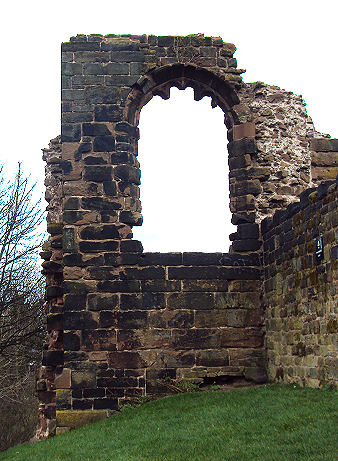
During the period of the Civil War, the castle was the subject of two Parliamentary sieges, in 1643 it was held by the Royalists under the command of Captain Walter Primrose who had been appointed by Earl Rivers, the Steward of Halton. The Roundheads were commanded by Sir William Brereton. After withstanding the siege for several weeks the royalists surrendered the castle. A further siege took place in 1644 but faring badly in the war, the Royalists withdrew from Halton and the Parliamentarians re-occupied the castle.
The Couthouse building, now a public house

Oliver Cromwell later issued orders for Halton Castle to be dismantled, after which it fell into ruin. In 1737 a courthouse was built on the site of the medieval gatehouse. The courthouse now serves as the Castle public house. Excavations at the site in 1986-87 revealed a settlement outside the castle walls.
The site is managed by the Norton Priory Museum Trust on behalf of the Halton Council, who hold it from the Duchy of Lancaster. There is a footpath around the outside of the castle walls. Access to the inner castle on special open days, there are plans to make it more accesible in the future.
Halton Castle, pre- the demolition of the gatehouse in 1737
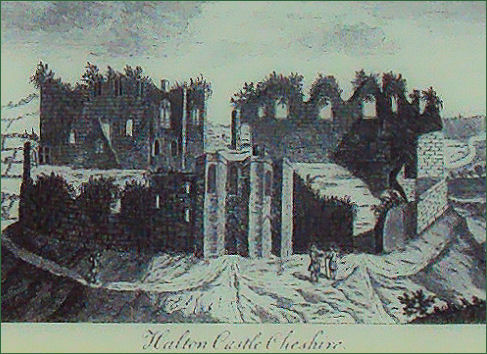
It is very likely that the hill on which Halton Castle stands has been a focus for the local commununity in some form for thousands of years. . Archaeological investigation has unearthed evidence of a Roman farming settlement nearby at Halton Brow. It is from this use of the land for farming that Halton gains its name, it derives from the Anglo-Saxon Hele-tune, which translates as 'farm at a heathery place.'
The Sensechal's House
The Elizabethan Sensechal's House is located near the base of the hill on which Halton Castle stands.
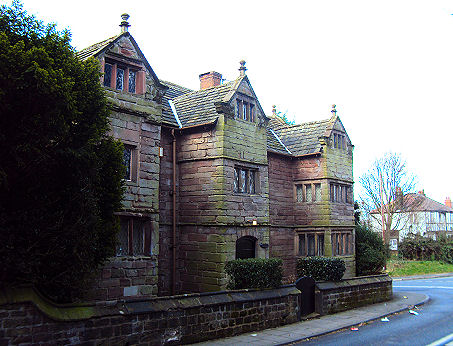
The house dates back to 1598 and was built by the judge John King. The building was originally known as "John King's New House", the occupation of the original owner, led to a later owner, Geoffrey Barraclough, Professor of History at Liverpool University in the mid 20th century coining the current name of the house. The house was, in fact, inhabited originally by a seneschal, that is the original owner, John King.
